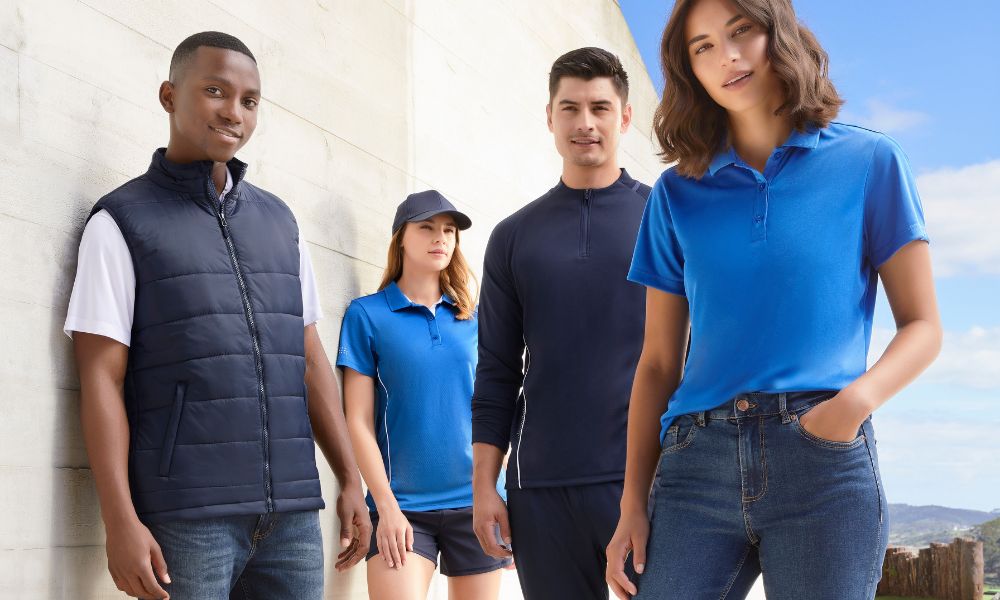Uniforms have always played an important role in many industries, from healthcare to hospitality, and even in the military. While the basic concept of a uniform remains the same, the designs and materials used in modern uniforms have evolved significantly over the years. In recent years, several modern uniform trends have emerged, adding a touch of style and innovation to traditional uniforms.
Performance Fabrics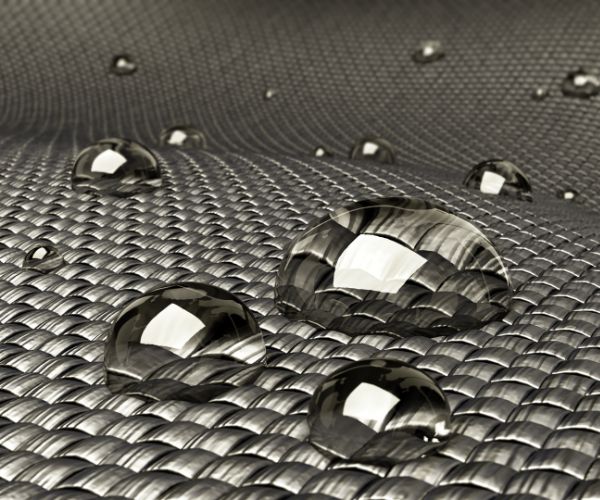
One of the most significant changes in uniform design has been the use of high-performance fabrics that are both comfortable and functional. These materials often feature moisture-wicking properties that help keep wearers cool and dry, as well as anti-microbial properties that help prevent odours and stains. Many modern uniforms are also designed with stretchy fabrics to allow for a greater range of motion and flexibility.
This helps build trust with customers and reinforces a sense of professionalism among your team members. This increases customer loyalty and helps build trust in your brand.
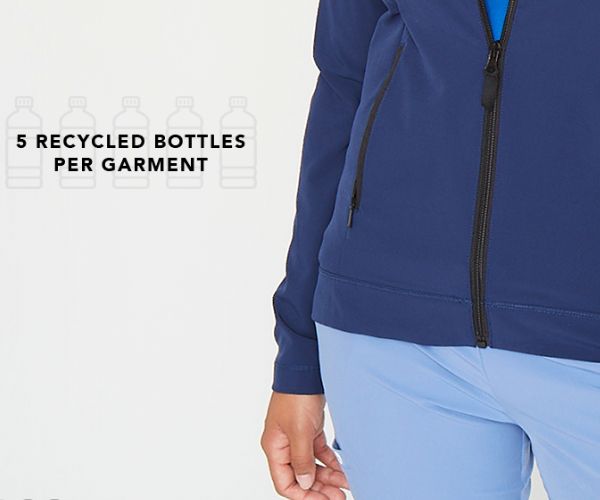 Sustainability
Sustainability
Sustainability is a trend that is making its way into uniform design as well. Eco-friendly materials As environmental concerns have become more prominent in recent years, many uniform manufacturers have begun to use eco-friendly materials in their designs. This might include recycled fabrics, organic cotton, or sustainable materials such as bamboo or hemp. This is not only good for the environment but also helps improve the company’s image as a socially responsible and sustainable organization. Some uniforms are also designed to be more durable, with the goal of reducing waste and the need for frequent replacements.
Functional Pockets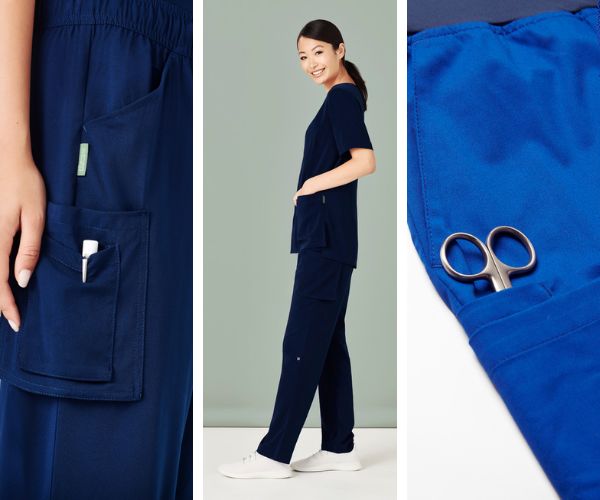
Another trend in modern uniform design is the inclusion of functional pockets. Many uniforms now feature multiple pockets with specific functions, such as a phone pocket with a clear plastic cover that allows the wearer to use their phone without taking it out of the pocket. This trend has been particularly popular in industries where workers need to carry a lot of tools or equipment with them, such as construction or healthcare.
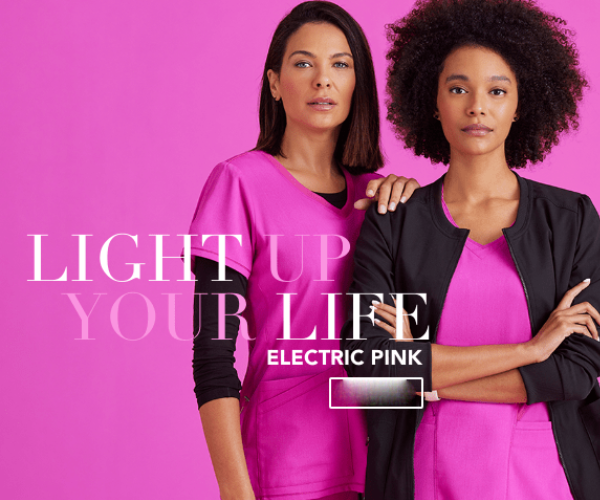 Personalisation and Modern Design
Personalisation and Modern Design
While this is nothing new at The Uniform Edit, other uniform companies are adopting this trend in modern uniform design. While traditional uniforms are typically identical for all wearers, many modern organisations are opting for customisable options that allow individuals to personalise their uniforms to some degree. Many uniform designers are incorporating bold colours and prints into their designs, moving away from the traditional monotone look. This might include options for different colours or designs on specific parts of the uniform, such as collar tabs or patches. Companies are updating their uniforms to reflect the current trends in fashion.
Tech Integration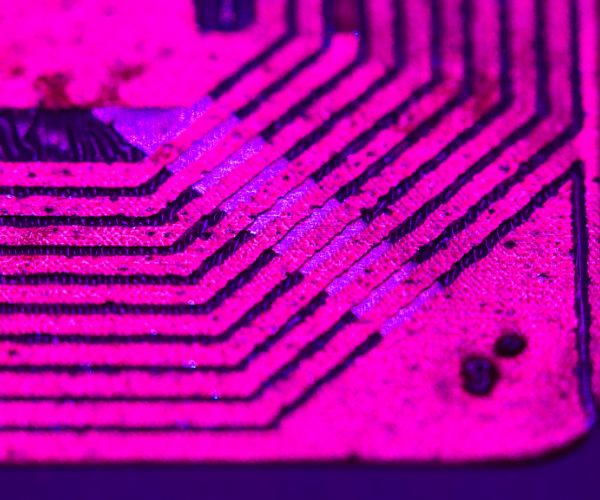
Finally, many modern uniforms are designed with technology in mind. For example, some healthcare uniforms now come equipped with RFID tags, which can track staff members’ movements and help improve efficiency in hospitals. Other uniforms may have built-in sensors that monitor a worker’s heart rate or body temperature, ensuring that they are not overexerting themselves.
In conclusion, modern uniform trends are transforming traditional uniforms into functional and fashionable pieces of clothing. With the use of functional fabrics, bold colours and patterns, personalisation, sustainability, and wearable tech, modern uniforms are becoming more comfortable, stylish, and efficient. These trends not only benefit the employees who wear them but also improve the image and reputation of the organisations they represent.

